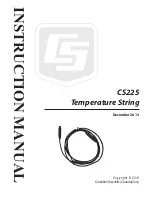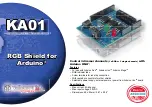
Additional information
FP Web-Server V2.810 EN
183
respective connection. The other segments are not concerned by this data
transfer and can be run in parallel operation mode. With the help of
switches you can cut the likelihood of collisions drastically or even eliminate
them totally (e.g. in the extreme case of a "totally switched" network).
Unfortunately, the case that several stations want to send a message to
the same recipient cannot be defused by a switch. It has to be mentioned
though that this special case cannot be controlled with the conventional,
deterministic bus system either.
A switch receives a data package on one side. Based on the destination
address, the unit decides via which output bus the message should be
forwarded. You have to differentiate between switches that receive whole
messages at once, analyze them and forward them afterwards ("Store and
forward"), and other switches that are toggle controlled by the hardware as
soon as the recipient's address is defined ("Cut through"). Of course, the
latter ones are somewhat faster.
The price for this ideal way to avoid collisions has two aspects to consider:
First, switches are not cheap. There is a lot of processing effort behind
them. Second, the effective wiring of the bus system is abandoned again
and one returns to the traditional peer-to-peer connection. Consequently,
the wiring effort is increased significantly.
For generalities on TCP/ IP also refer to IP and TCP/ IP (see p. 179).












































